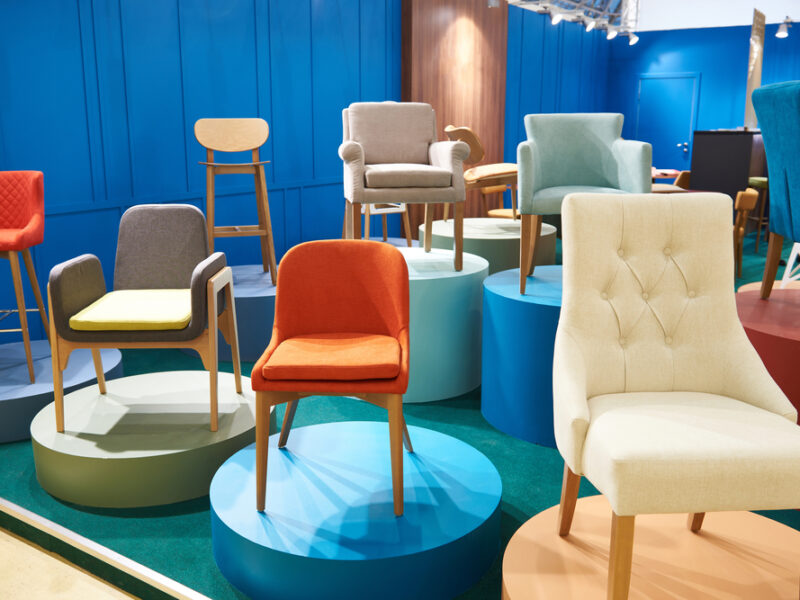People have a habit of carelessly bandying about words. Take the term ‘retro’. More than one person considers retro and old the same thing. But they are not. In fact, if something is genuinely retro, it is not really old at all. It is actually fairly new compared to what it is designed to mimic.
Retro is all the rage these days. You can buy retro T-shirts, dresses, and even suits. You can buy retro artwork and home décor pieces. And yes, there is plenty of money to be made designing retro things for the retail market. Therein is the key to understanding what genuine retro really is.
Mimicking the Past
The whole point of going retro is to mimic something from the past. Take somebody who is really into the 1960s flower power thing. Back then, bright colors and big shapes were in. So were tie-dye shirts, outdoor rock concerts, and anything macramé.
Decorating your home with a 1960 retro theme would start with choosing the right color scheme. Then you would paint and add furnishings accordingly. Most of what you brought into the home would have been manufactured fairly recently. However, you might still bring some genuine items from the era in. That is, if you could find them.
Once again, your goal is to mimic the 1960s. But you are doing so with things manufactured within the last several years. That is the whole point of retro. It is making things today that look like things made in some other era.
Making Things Look Older
Retro is often confused with vintage because both take a look back in time. What makes vintage different is the combination of things of different ages, all refurbished to make them look older. Take the farmhouse finishes look that Utah-based Jami Ray Vintage is known for.
The Jami Ray Vintage team can take a wooden kitchen table manufactured in 2005 and make it look like it was built in the late 1890s. Likewise, they can take a picture frame from the 1930s and refurb it to get the same 1890s look. The difference is that they are not dealing with recently manufactured pieces that are supposed to look like turn-of-the-century farmhouse items.
Retro items were manufactured recently but made to look like similar items from the past. Vintage items don’t have to be recently manufactured. Regardless of their age, craftsmen turn them into pieces meant to reflect the particular time and place.
Retro and Vintage Signage
If you are still not getting it, one of the best illustrations of retro vs. vintage is metal signage. You can go to virtually any retail home décor outlet and purchase metal signs that look like something that would have been hanging in a 1930s restaurant or gas station. Yet they were manufactured in the modern era.
Get up close and personal and you’ll see that paint isn’t actually wearing away. You will see that the rust isn’t real. The signs were just painted to look like they belong in the 1930s.
On the other hand, visit a genuine antique dealer and you might find real metal signs from the 1930s. They are genuine and, by default, vintage. Even if someone had taken one of the signs and restored it, then distressed it slightly to give it a worn look, the sign would still be a vintage item.
At the end of the day, something that is truly retro isn’t actually old. It is new compared to the era it is meant to reflect. Retro is all about manufacturing new items while giving a nod to the past.










